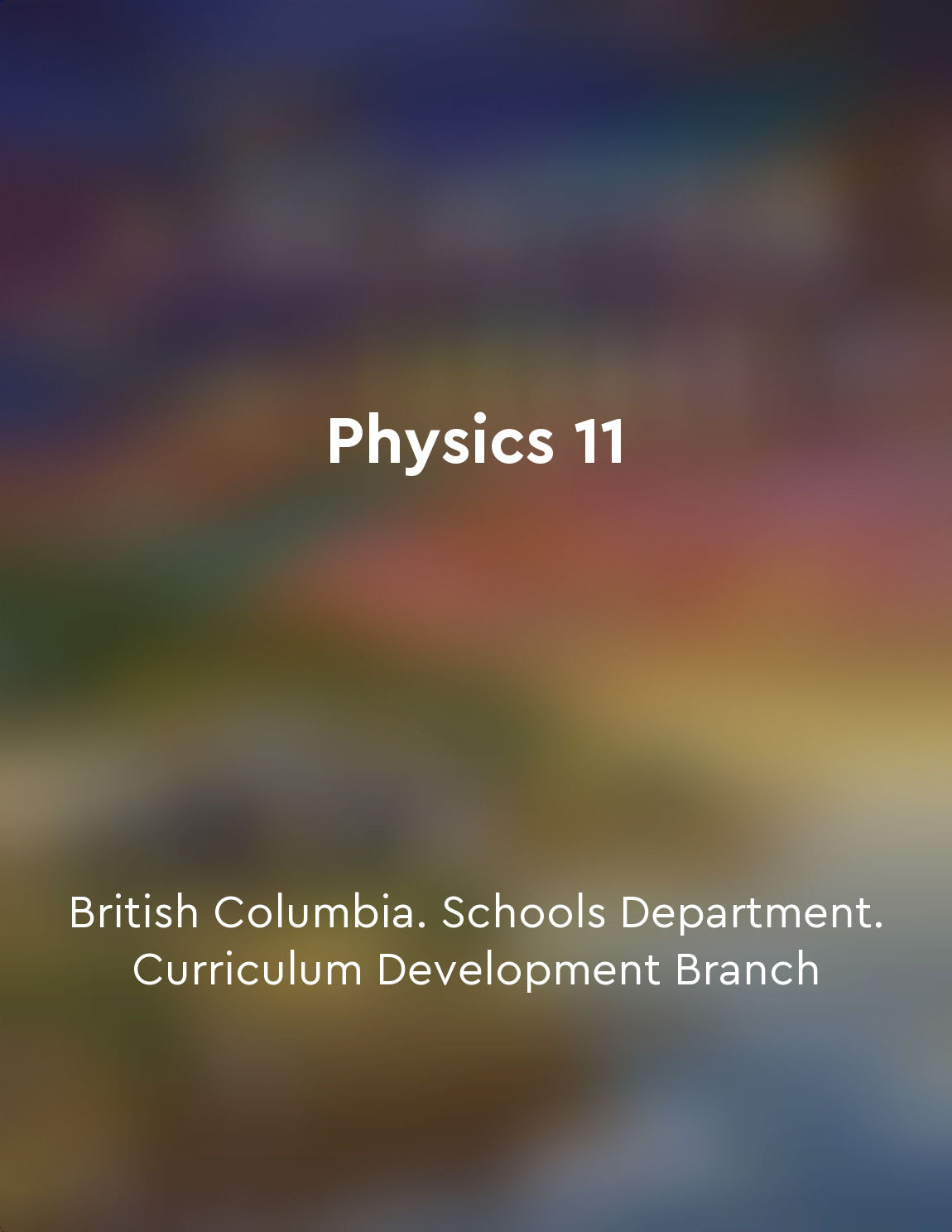Radiation is a mode of energy transfer of electromagnetic waves without a medium from "summary" of Physics 11 by British Columbia. Schools Department. Curriculum Development Branch
Radiation is a mode of energy transfer that does not require a medium through which to travel. Unlike conduction and convection, which involve the transfer of energy through material substances, radiation can occur in a vacuum. This means that electromagnetic waves can travel through empty space. The key characteristic of radiation is that it is carried by electromagnetic waves, which consist of oscillating electric and magnetic fields. These waves can travel through a vacuum at the speed of light, allowing energy to be transferred over long distances without the need for a physical medium to carry it. One common example of radiation is the transmission of energy from the Sun to the Earth. The Sun emits electromagnetic waves across a wide range of frequencies, including visible light, ultraviolet light, and infrared radiation. These waves travel through the vacuum of space and reach the Earth, where they are absorbed and converted into heat energy. Another example of radiation is the heat transfer that occurs when a hot object emits infrared radiation. This radiation can be detected by a thermometer placed nearby, even though there is no material substance carrying the heat between the object and the thermometer.- Radiation is a unique mode of energy transfer that relies on the propagation of electromagnetic waves through a vacuum. This allows energy to be transferred over long distances without the need for a physical medium, making radiation a fundamental process in the interaction of energy in the universe.


